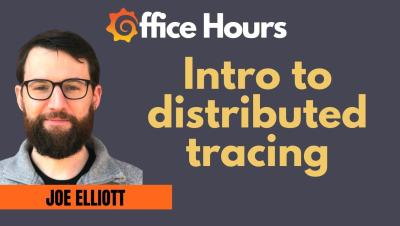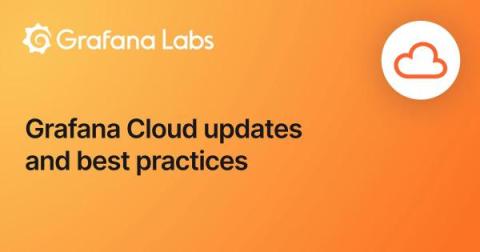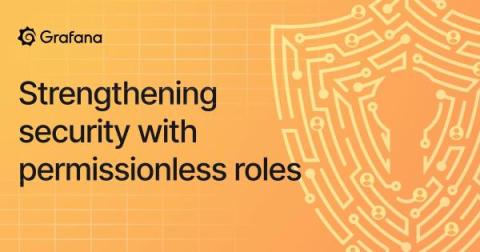Operations | Monitoring | ITSM | DevOps | Cloud
Grafana
Observability with Grafana Cloud: Explore the latest and greatest features
Grafana Cloud constantly evolves to include new, cutting-edge features for end-to-end observability. In fact, just last month at ObservabilityCON 2023, we made a number of updates to our fully managed observability platform, including the general availability of Grafana Cloud Application Observability, Grafana SLO, and Adaptive Metrics.
Grafana Agent v0.38 release: new OpenTelemetry components, configuration improvements, and more
Grafana Agent v0.38 has hit the digital shelves just before the holiday season! 🧑🎄 The elves over at Grafana Labs have been quietly working on Grafana Agent, with more than 50 updates for all SREs and developers to use — no matter if you’re on the naughty or nice list. This includes new features, improvements, bug fixes, and significant ease-of-use changes.
Grafana, Observability, & DevOps - Grafana for Beginners Ep.3
How to calculate the difference of a value over time with InfluxDB and Grafana
Learning about the past helps us understand the present, and even predict the future. So, whether you are monitoring CPU usage or how long your IoT device was powered on and then off, at some point, you might want to know the difference of a value over time. InfluxDB is an open source database for storing and retrieving time series data. Thanks to its own query languages — flux and InfluxQL — it provides different and powerful ways to analyze data.
An alternative to YAML with Grafana Agent Flow mode
Here's the Grafana Office Hours with Matt Durham and Paul Balogh, where we discuss Grafana Agent Flow mode and how it's better than static mode: https://youtube.com/live/-_SsFLoJvoc
And check out the documentation for flow mode here: https://grafana.com/docs/agent/latest/flow/
How to use flow mode for Grafana Agent with Matt Durham (Grafana Office Hours #21)
New in Grafana roles: Manage user permissions better with 'No basic role'
Since we introduced role-based access control (RBAC) in Grafana 9.0, users — and later, service accounts — have been required to have an assigned role that includes a basic set of permissions. This sometimes led organizations to create users and service accounts that had more permissions than necessary. As a result, Grafana administrators had to make additional adjustments to users’ permissions on a case-by-case basis.











